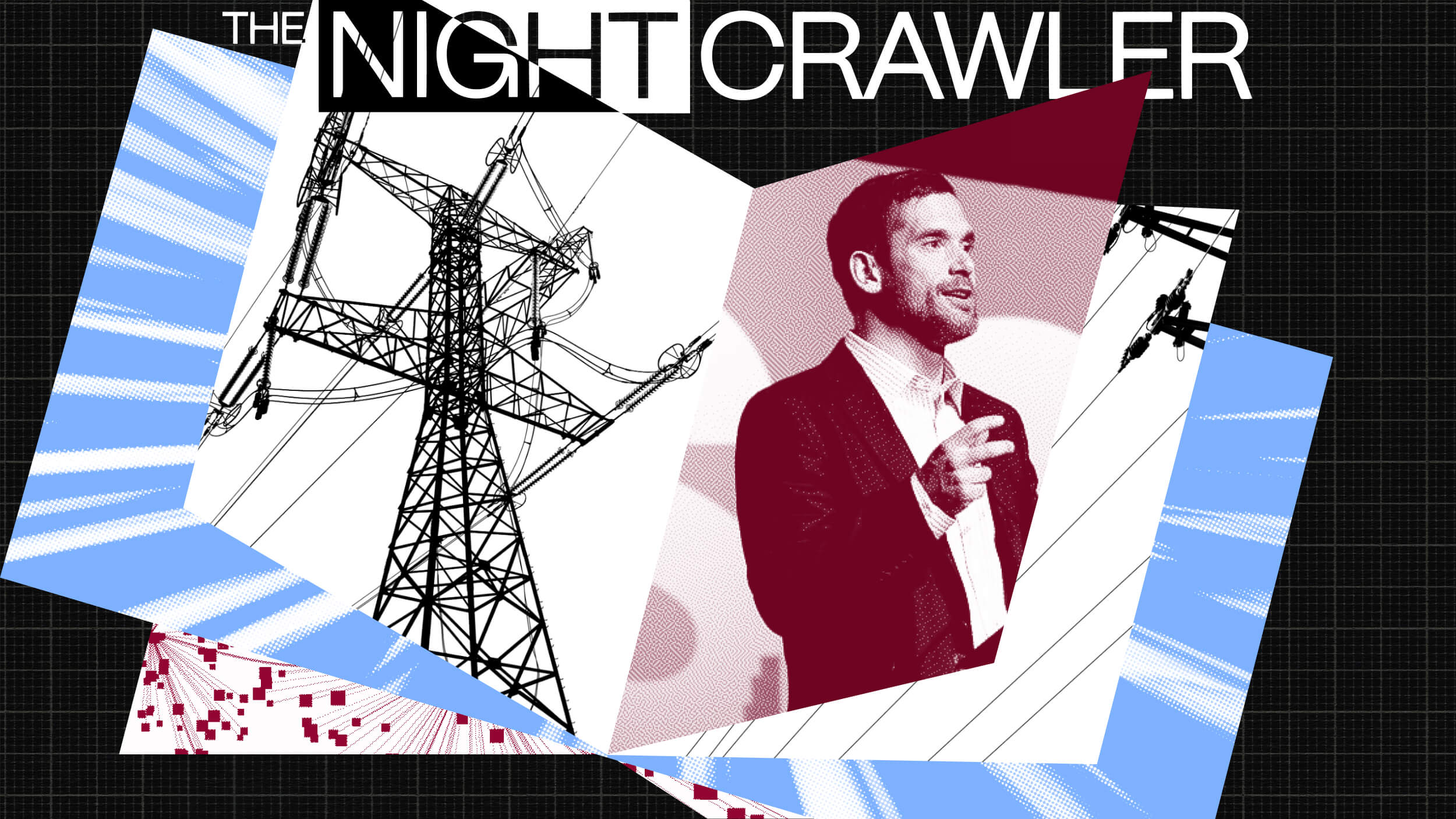The “Messiah” Is Worth the Ticket Price: On Leading an Orchestra

What’s the Big Idea?
Going to the orchestra is one of the few Eisenhower-era traditions that hasn’t been resurrected for our time, even by the most retro-souled among us. Apparently drinking Scotch neat holds a kind of glamour that sitting for two hours sandwiched between a socialite and retiree does not. (And then there’s the price: if you want to see the New York Philharmonic play Handel’s Messiah this December, for example, it will cost you between $30 and $115.) But don’t be fooled by the all the good posture in the room. On stage, things are as intense as any Madison Avenue ad agency.
Bringing eighty or a hundred musicians together in to one synchronized ensemble is not easy – it’s a feat of human expression well-deserving of our attention.
To play an extended composition in unison, an orchestra must be organized into several sections – percussion, strings, brass, and woodwinds. Within these basic groups are even further divisions: a first and second violin section, a viola section, etc. The principal of each sections manages all of the players in his or her section, setting the tone and guiding dynamics for the entire group.
What’s the Significance?
For more than ten years, Roberto Díaz served as principal violist of the Philadelphia Orchestra and the National Symphony orchestra under Rostropovich. As principal violist, Díaz oversaw the development of a section of extremely talented individuals. But without a significant amount of rapport, the 12 violists would not have been able to get through a single bar of the music, let alone a symphony, he says.
In an orchestra, being able to read each other’s body language during a show is essential. “On any given moment in a concert, the conductor may ask for something that’s a little bit different than what was rehearsed,” Díaz explains. “How do you translate a gesture into leading a group musically in a certain direction?” Through subtle movements and emotional awareness, each section is able to relate to other sections and ultimately, to improvise collectively.
It was this experience that Díaz drew on when he became the leader of Curtis Institute, a world-renowned conservatory that offers full scholarships to all of its students to ensure that every person on campus is there because of his or her talent. (Alums of note include Leonard Bernstein and David Schwartz, the lead violist of the Glenn Miller Army Air Force Band.)
In his new job, the 44-year-old found himself in charge of a diverse group of professors, some of whom had once been his teachers. He uses his ability to read people and understand where they’re coming from to create a cohesive, respectful, and collegiate atmosphere: “The thing that I have found that has been very useful to me is to always remind people that we are all there for exactly the same reason. The minute you start thinking about that, you realize that there are many ways to get things done.”
Now, under Díaz’s guidance, the 90-year-old school of music is trying to bring the symphonic musician into the 21st century. Students at Curtis mix genres like Jazz and Bluegrass into their repertoire. They’re still learning Mendelsohn, Mozart, and Handel, of course, but they’re also encouraged to explore the wide world outside of the Western canon – a development which may just make the symphony orchestra relevant and meaningful again.
Image courtesy of Shutterstock.





